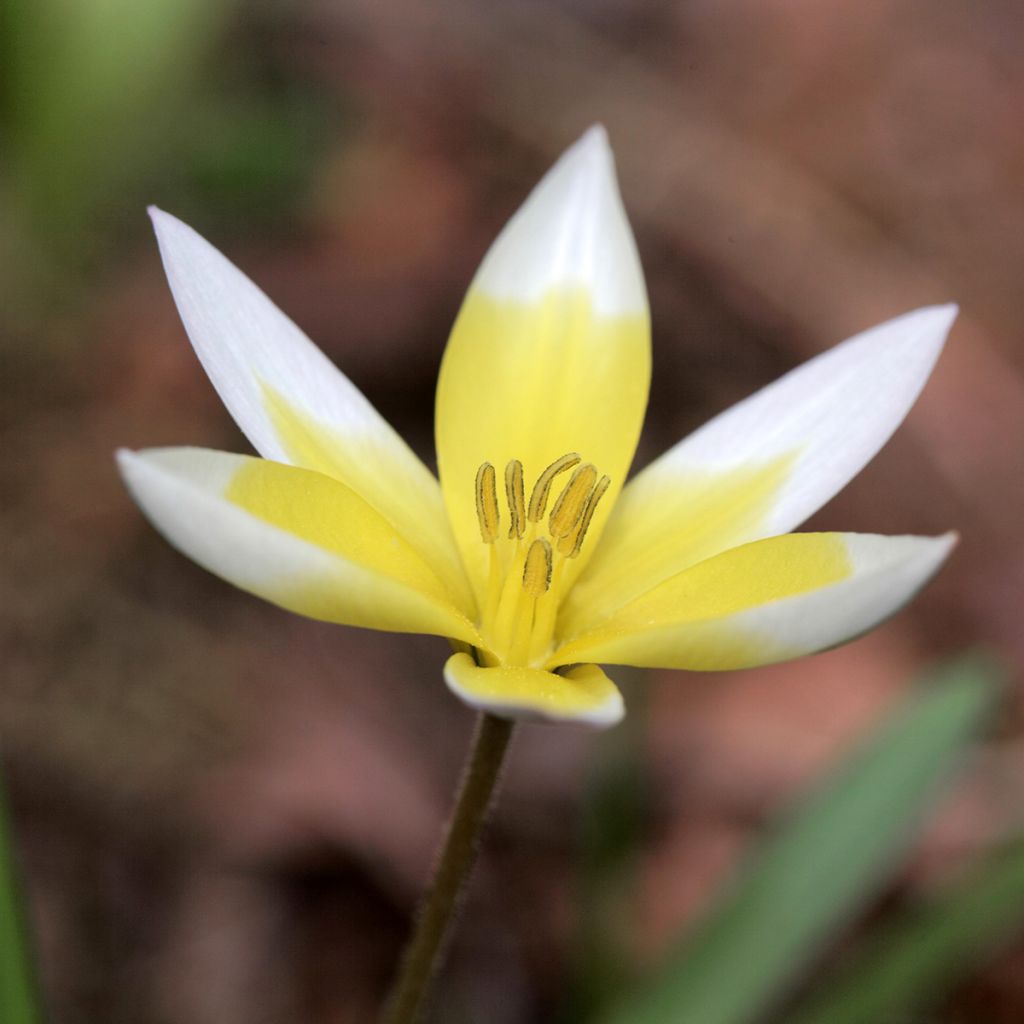

Tulipa tarda - Botanical Tulip
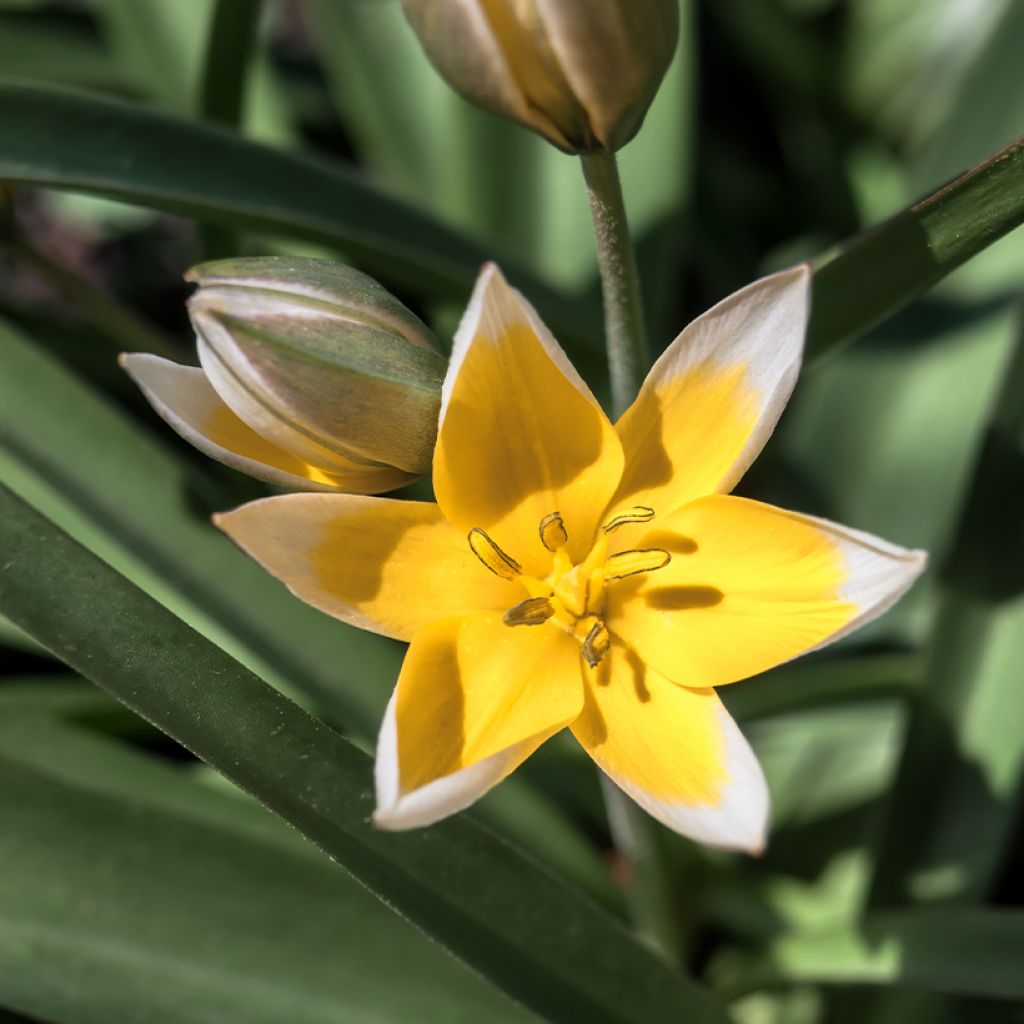

Tulipa tarda - Botanical Tulip
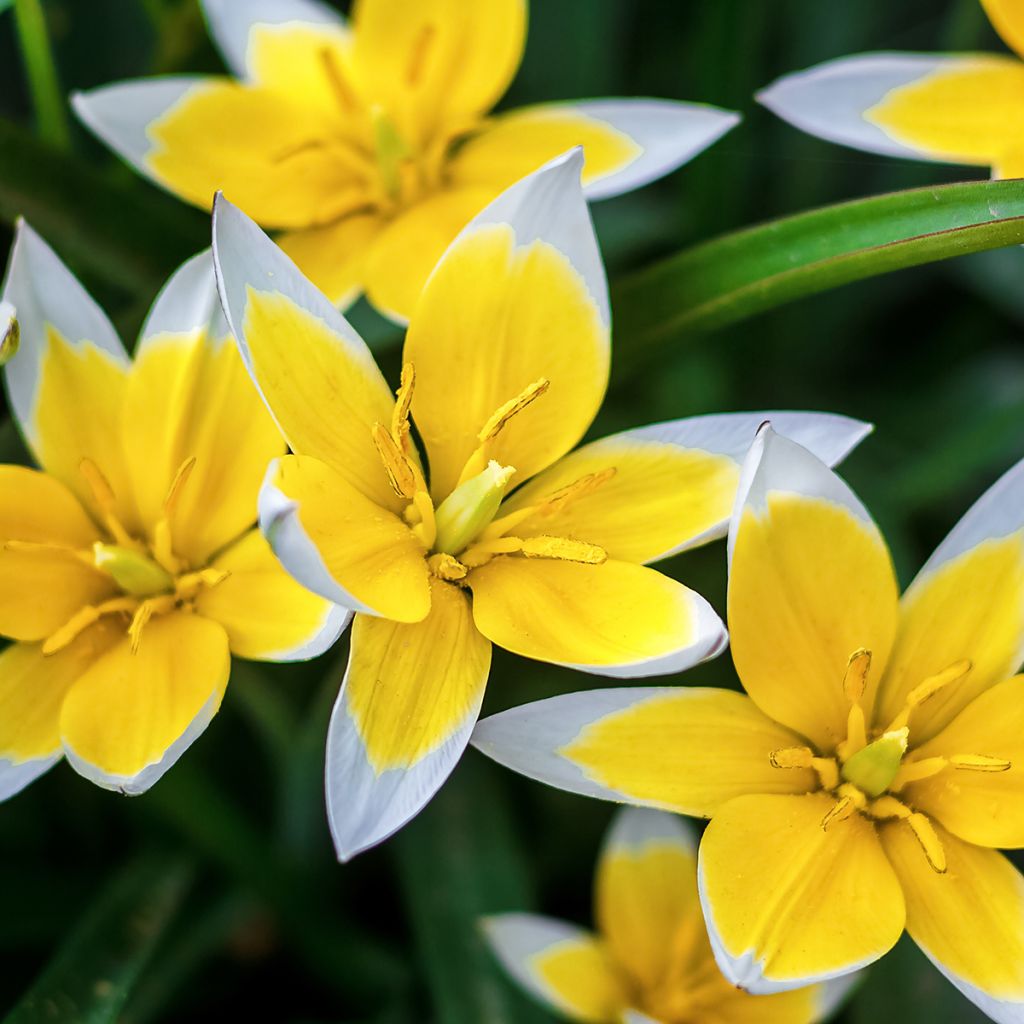

Tulipa tarda - Botanical Tulip
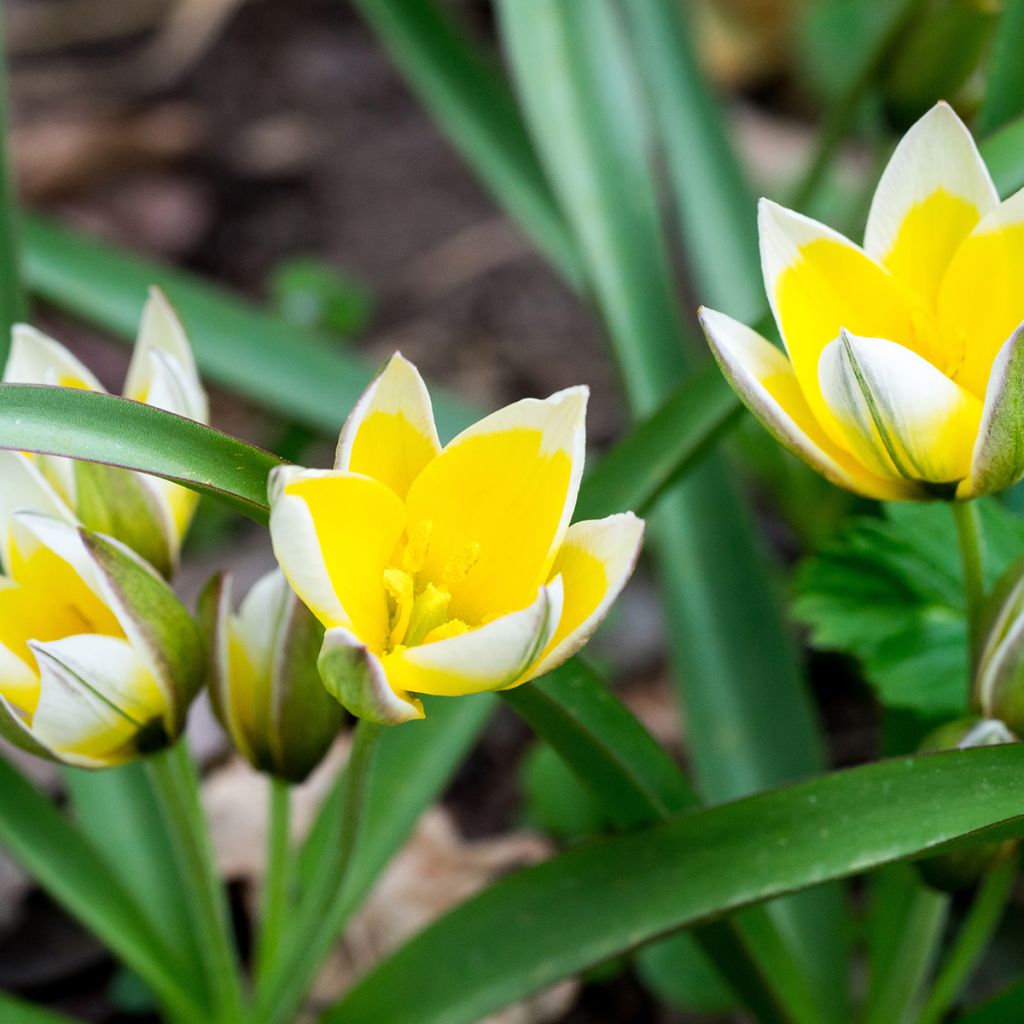

Tulipa tarda - Botanical Tulip
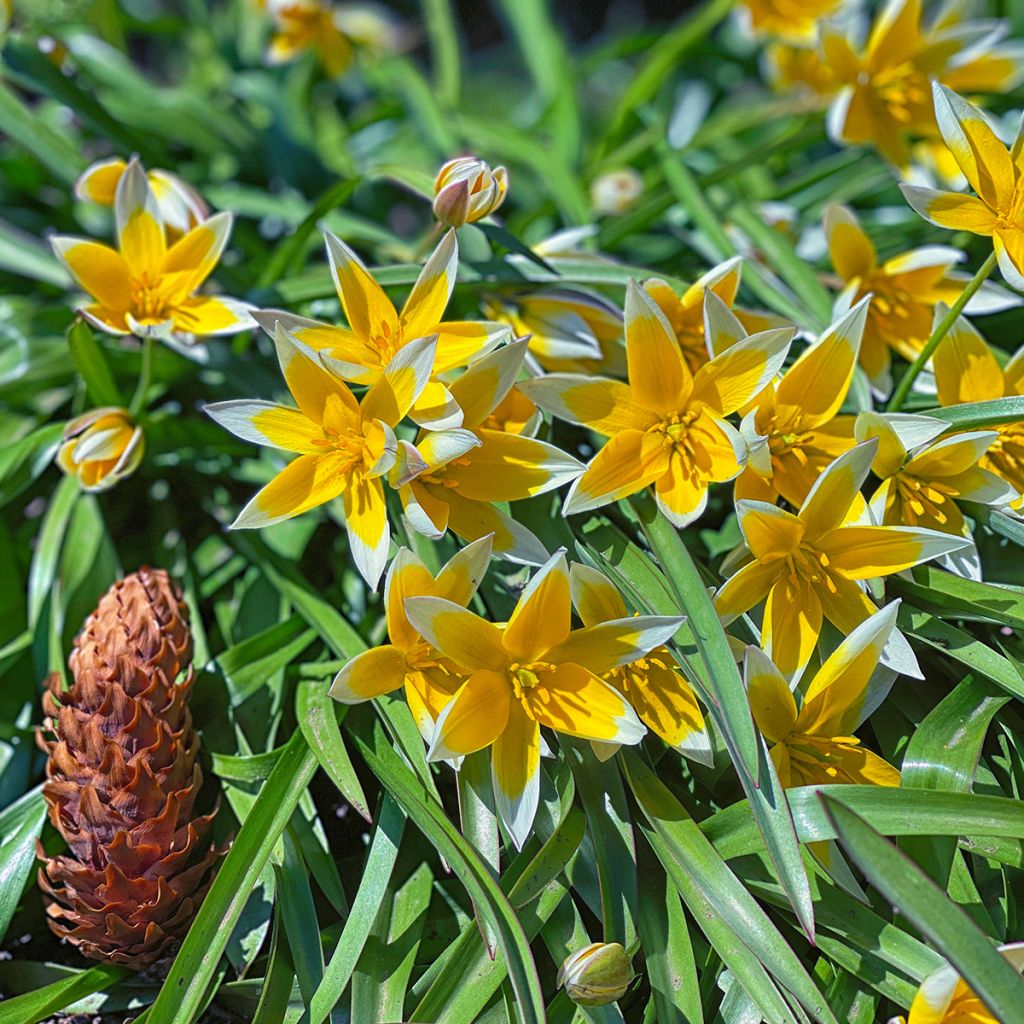

Tulipa tarda - Botanical Tulip
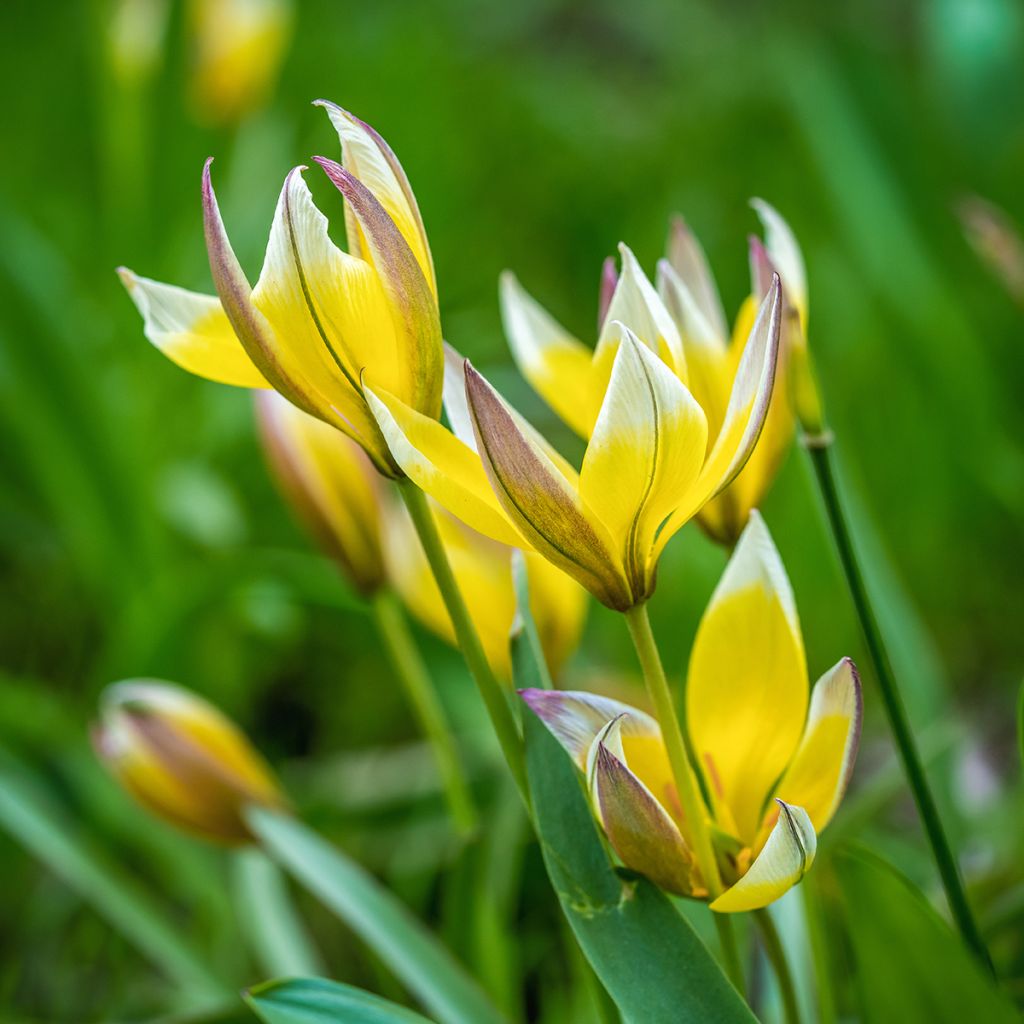

Tulipa tarda - Botanical Tulip
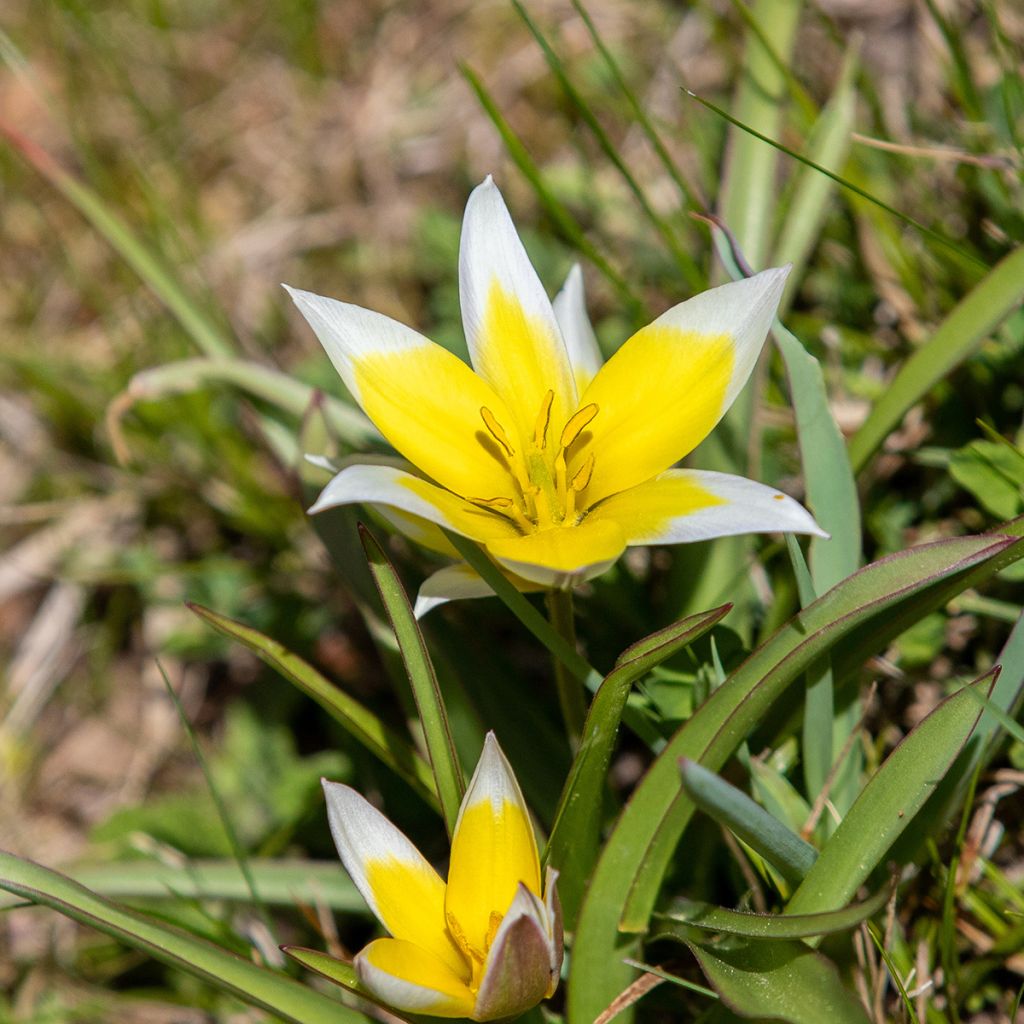

Tulipa tarda - Botanical Tulip
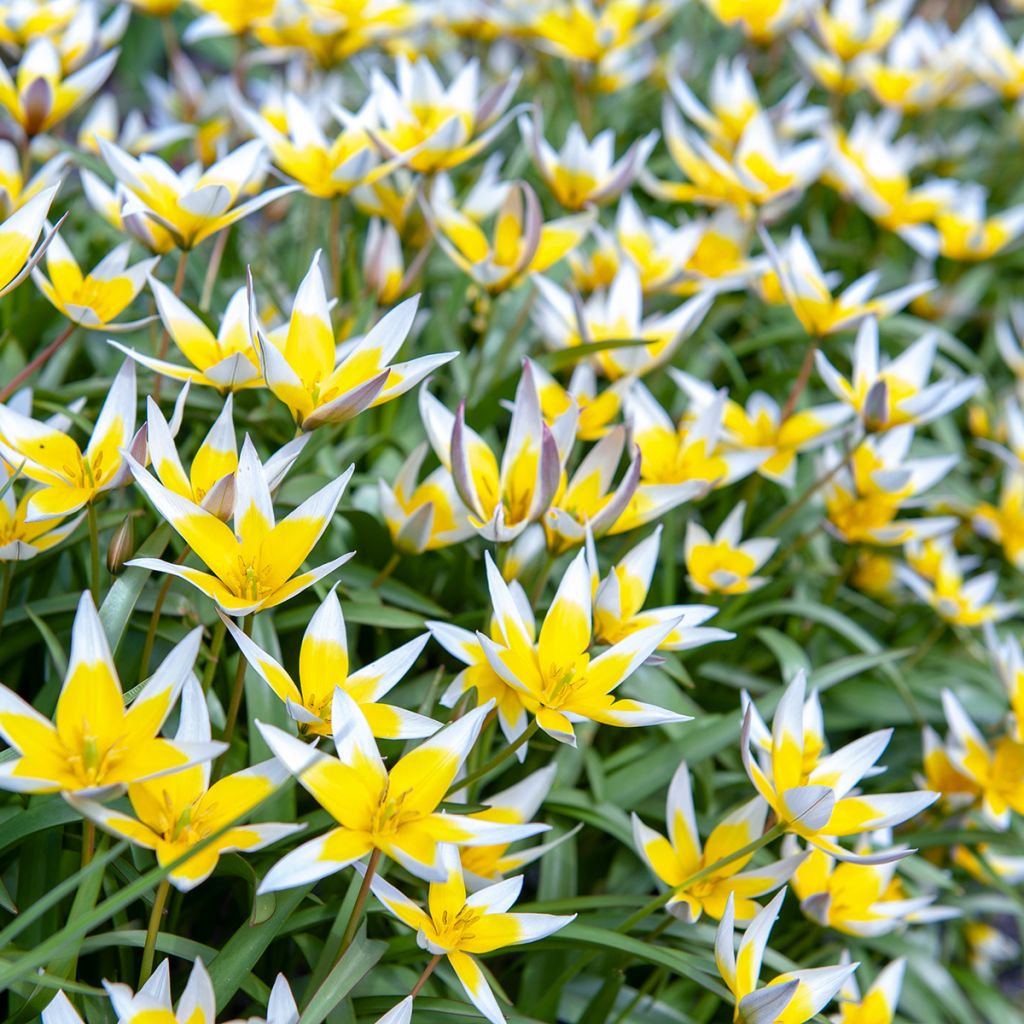

Tulipa tarda - Botanical Tulip
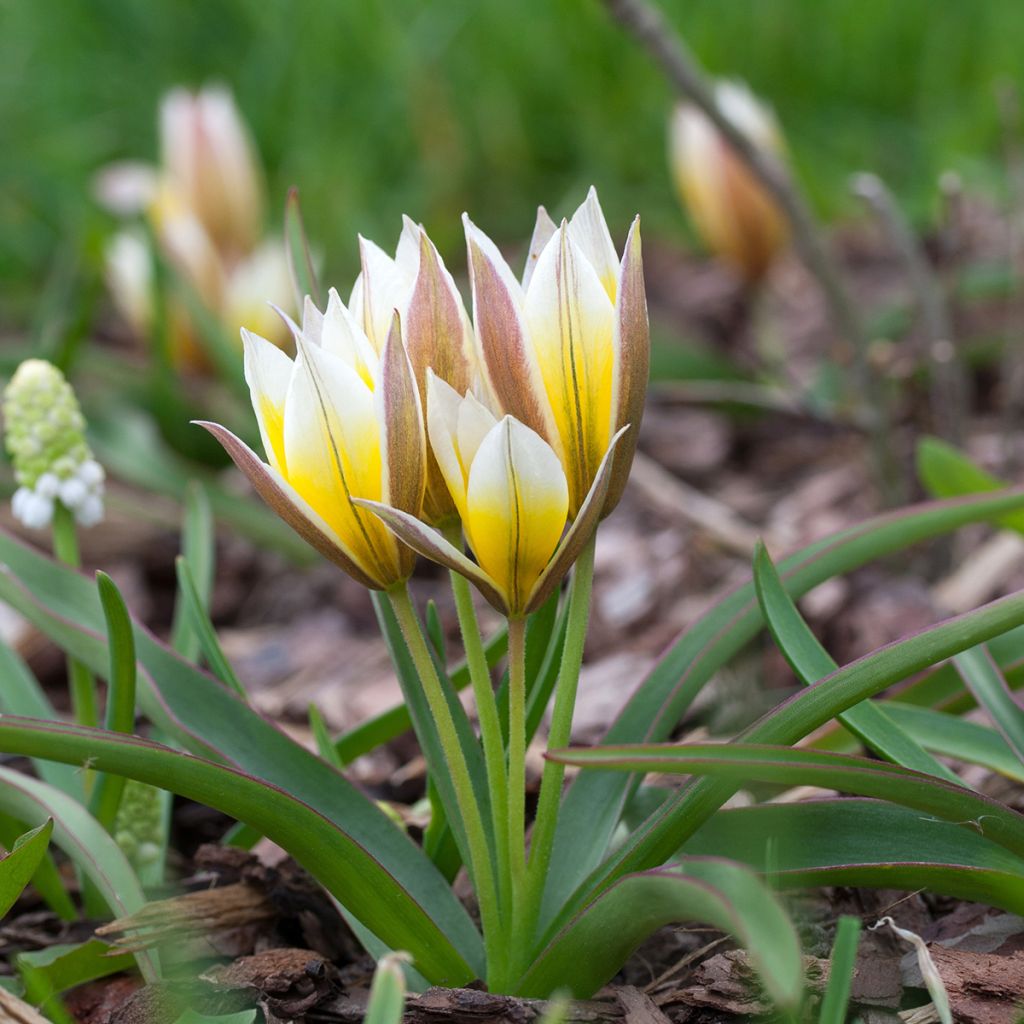

Tulipa tarda - Botanical Tulip
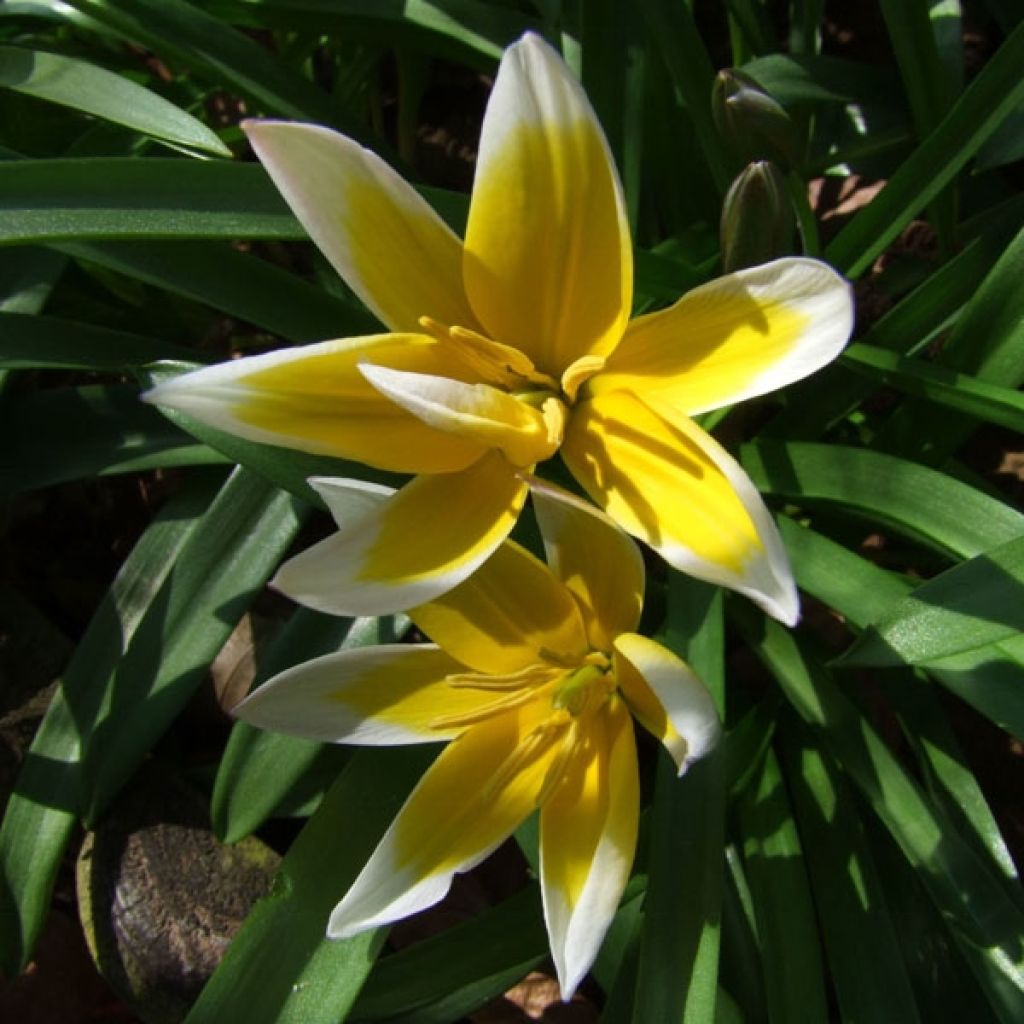

Tulipa tarda - Botanical Tulip
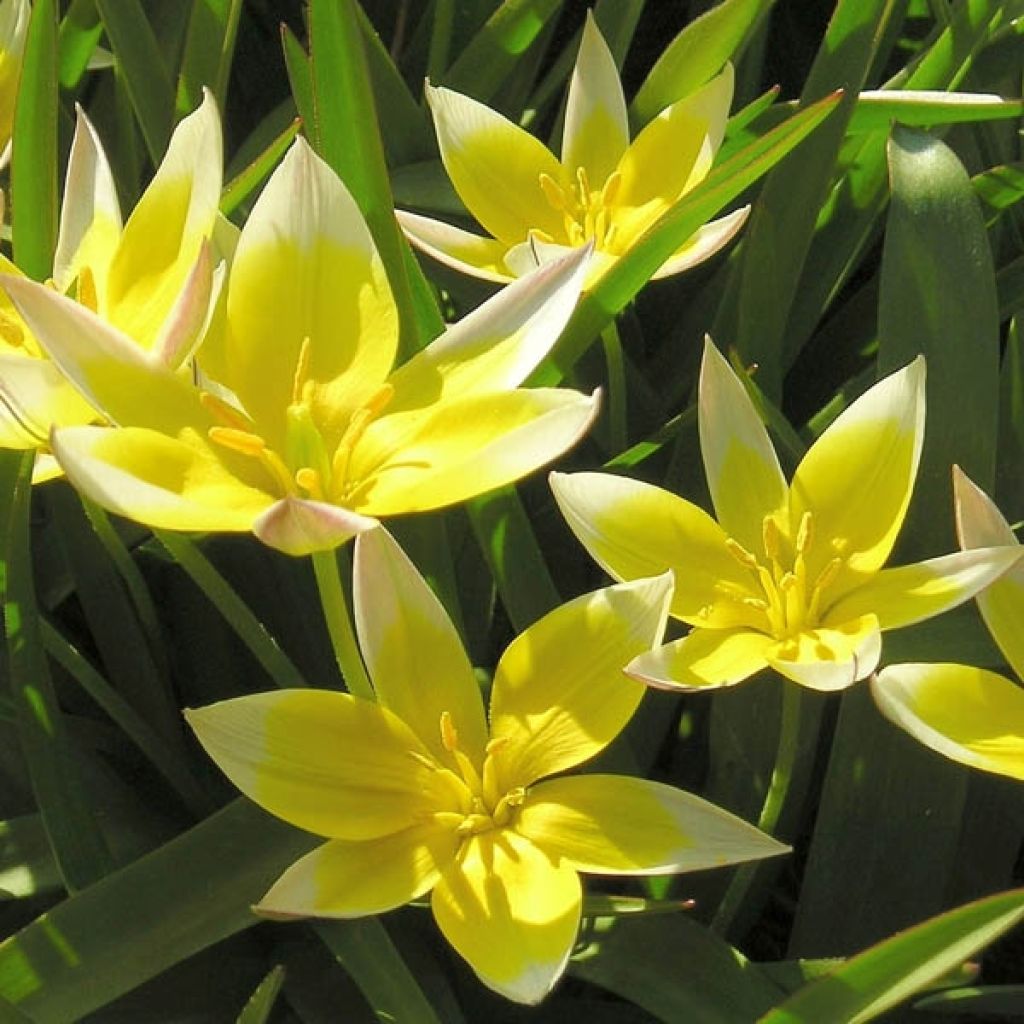

Tulipa tarda - Botanical Tulip
Tulipa tarda - Botanical Tulip
Tulipa tarda
Late tulip
Very pretty but discreet. To plant in mass to compensate.
Béatrice, 28/08/2023
This plant carries a 6 months recovery warranty
More information
We guarantee the quality of our plants for a full growing cycle, and will replace at our expense any plant that fails to recover under normal climatic and planting conditions.
From €5.90 for pickup delivery and €6.90 for home delivery
Express home delivery from €8.90.


Does this plant fit my garden?
Set up your Plantfit profile →
Description
Tulipa tarda is an easy-to-grow wild species, with an early flowering. It naturalises easily in sunny areas of the garden. It bears several flowers on each stem in small bright yellow stars, dotted with white. It is a small, radiant, and prolific plant, whose sunny flowering is eagerly awaited from early spring.
Tulipa tarda (synonym T. dasystemon) belongs to the Liliaceae family. It is native to Central Asia, particularly to a chain of high mountains called Tian Shan, or celestial mountains. It is found there on well-exposed rocky slopes. Unlike other wild tulips, this one tolerates soils that remain moist in summer, allowing it to be grown in all regions.
In winter, the small bulb of this tulip develops a rosette of narrow leaves, 15 to 20cm (6 to 8in) long, shaped like a gutter. They boast a shiny dark green colour. In March-April, a flowering stem 12 to 15cm (5 to 6in) high emerges from the centre of the rosette. It bears 2 to 6 small flowers, 3 to 4cm (1 to 2in) in diameter, forming a fairly compact cluster. These flowers are composed of 6 thin oval-shaped petals with pointed ends, arranged in a star shape. Each petal is a very bright yellow with a perfectly white tip. These stars fully open in the sun and close in the evening or in poor weather. The deciduous foliage dries up and disappears some time after flowering. This tulip produces seeds that can self-sow, but it also proliferates through stolon development in good conditions. This allows it to spread as a ground cover where it likes.
Plant Tulipa tarda bulbs in mass plantings, in a well-drained bed, in a rock garden, or in a container. Plant it with other botanical tulips such as T. urumiensis and T. clusiana. It can also be combined with crocuses, botanical narcissus, muscari, or other early-flowering bulbs in a less mown and less frequented area of the garden. You can also place botanical tulips between perennials and deciduous bushes, or at the edge of a path. Plant the bulbs close to the house to enjoy the flowers every time you pass by. They can also be grown in containers or pots. Over time, the bulbs will create fantastic displays.
Report an error about the product description
Tulipa tarda - Botanical Tulip in pictures


Plant habit
Flowering
Foliage
Botanical data
Tulipa
tarda
Liliaceae
Late tulip
Central Asia
Planting and care
Place the bulbs in a sunny or partially shaded location, sheltered from the wind. Plant them from October to November for optimal spring flowering. Plant the bulbs in well-drained and deeply loosened soil at a depth of 15cm (6in). Space the bulbs 10cm (4in) apart (making sure they do not touch each other) to create a mass effect that will give a more decorative appearance. Cut the flower stems after flowering. Allow the leaves to dry completely before cutting them. Tulips do not like stagnant moisture, especially in summer and winter. Tulipa tarda prefers soils with a tendency towards limestone, or neutral and well-drained.
Planting period
Intended location
Care
-
, onOrder confirmed
Reply from on Promesse de fleurs
Haven't found what you were looking for?
Hardiness is the lowest winter temperature a plant can endure without suffering serious damage or even dying. However, hardiness is affected by location (a sheltered area, such as a patio), protection (winter cover) and soil type (hardiness is improved by well-drained soil).

Photo Sharing Terms & Conditions
In order to encourage gardeners to interact and share their experiences, Promesse de fleurs offers various media enabling content to be uploaded onto its Site - in particular via the ‘Photo sharing’ module.
The User agrees to refrain from:
- Posting any content that is illegal, prejudicial, insulting, racist, inciteful to hatred, revisionist, contrary to public decency, that infringes on privacy or on the privacy rights of third parties, in particular the publicity rights of persons and goods, intellectual property rights, or the right to privacy.
- Submitting content on behalf of a third party;
- Impersonate the identity of a third party and/or publish any personal information about a third party;
In general, the User undertakes to refrain from any unethical behaviour.
All Content (in particular text, comments, files, images, photos, videos, creative works, etc.), which may be subject to property or intellectual property rights, image or other private rights, shall remain the property of the User, subject to the limited rights granted by the terms of the licence granted by Promesse de fleurs as stated below. Users are at liberty to publish or not to publish such Content on the Site, notably via the ‘Photo Sharing’ facility, and accept that this Content shall be made public and freely accessible, notably on the Internet.
Users further acknowledge, undertake to have ,and guarantee that they hold all necessary rights and permissions to publish such material on the Site, in particular with regard to the legislation in force pertaining to any privacy, property, intellectual property, image, or contractual rights, or rights of any other nature. By publishing such Content on the Site, Users acknowledge accepting full liability as publishers of the Content within the meaning of the law, and grant Promesse de fleurs, free of charge, an inclusive, worldwide licence for the said Content for the entire duration of its publication, including all reproduction, representation, up/downloading, displaying, performing, transmission, and storage rights.
Users also grant permission for their name to be linked to the Content and accept that this link may not always be made available.
By engaging in posting material, Users consent to their Content becoming automatically accessible on the Internet, in particular on other sites and/or blogs and/or web pages of the Promesse de fleurs site, including in particular social pages and the Promesse de fleurs catalogue.
Users may secure the removal of entrusted content free of charge by issuing a simple request via our contact form.
The flowering period indicated on our website applies to countries and regions located in USDA zone 8 (France, the United Kingdom, Ireland, the Netherlands, etc.)
It will vary according to where you live:
- In zones 9 to 10 (Italy, Spain, Greece, etc.), flowering will occur about 2 to 4 weeks earlier.
- In zones 6 to 7 (Germany, Poland, Slovenia, and lower mountainous regions), flowering will be delayed by 2 to 3 weeks.
- In zone 5 (Central Europe, Scandinavia), blooming will be delayed by 3 to 5 weeks.
In temperate climates, pruning of spring-flowering shrubs (forsythia, spireas, etc.) should be done just after flowering.
Pruning of summer-flowering shrubs (Indian Lilac, Perovskia, etc.) can be done in winter or spring.
In cold regions as well as with frost-sensitive plants, avoid pruning too early when severe frosts may still occur.
The planting period indicated on our website applies to countries and regions located in USDA zone 8 (France, United Kingdom, Ireland, Netherlands).
It will vary according to where you live:
- In Mediterranean zones (Marseille, Madrid, Milan, etc.), autumn and winter are the best planting periods.
- In continental zones (Strasbourg, Munich, Vienna, etc.), delay planting by 2 to 3 weeks in spring and bring it forward by 2 to 4 weeks in autumn.
- In mountainous regions (the Alps, Pyrenees, Carpathians, etc.), it is best to plant in late spring (May-June) or late summer (August-September).
The harvesting period indicated on our website applies to countries and regions in USDA zone 8 (France, England, Ireland, the Netherlands).
In colder areas (Scandinavia, Poland, Austria...) fruit and vegetable harvests are likely to be delayed by 3-4 weeks.
In warmer areas (Italy, Spain, Greece, etc.), harvesting will probably take place earlier, depending on weather conditions.
The sowing periods indicated on our website apply to countries and regions within USDA Zone 8 (France, UK, Ireland, Netherlands).
In colder areas (Scandinavia, Poland, Austria...), delay any outdoor sowing by 3-4 weeks, or sow under glass.
In warmer climes (Italy, Spain, Greece, etc.), bring outdoor sowing forward by a few weeks.


































